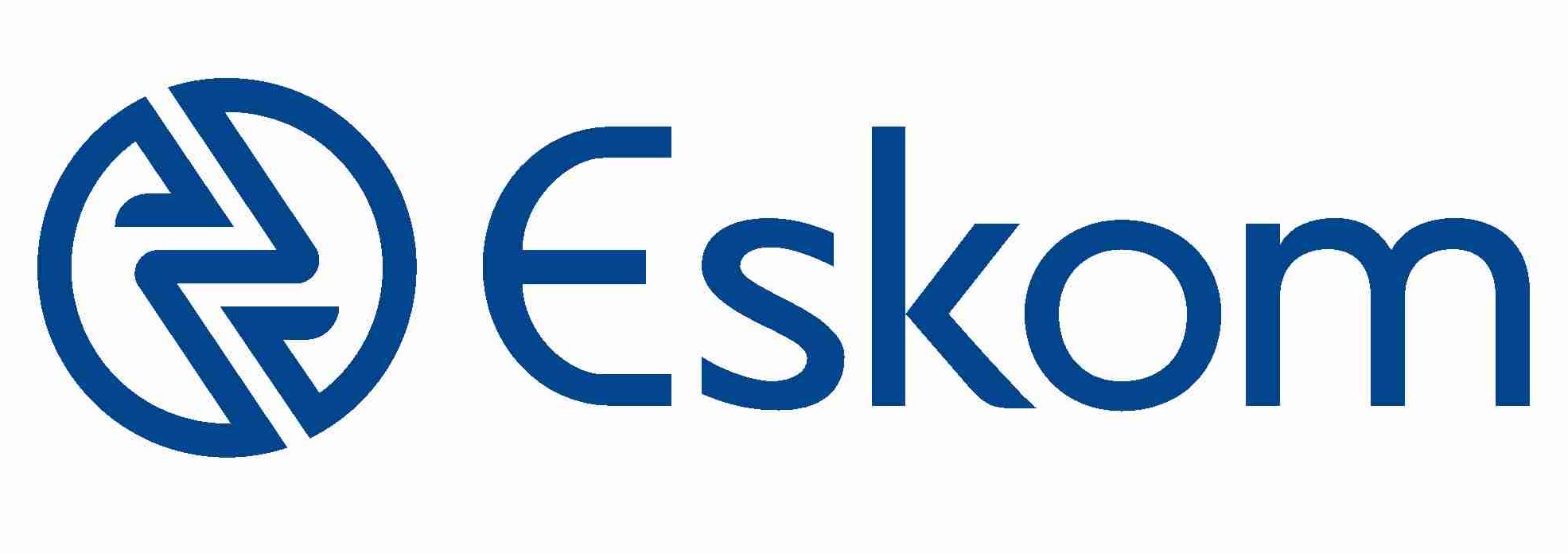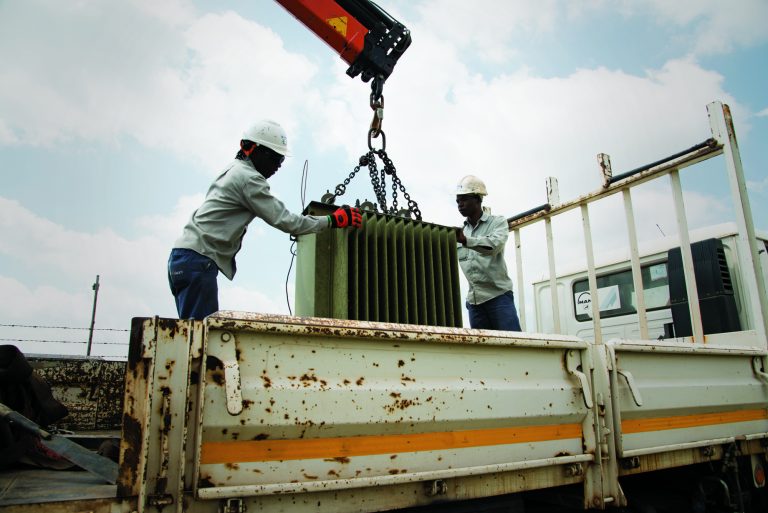Art town becomes smart town as community manages own electricity demand
Tuesday, 23 January 2024: For the residents of a tiny town that depends on an economic inflow from tourists visiting their small businesses mostly over weekends and holidays, power interruptions due to loadshedding required a solution that would allow the town’s economy to thrive while still contributing to a reduction in electricity demand when the national grid is under strain.
The arts town of Clarens in the Eastern Free State has become the first town in the country where residents are now equipped to manage their own load through load curtailment. As Clarens is already gearing up for smart city initiatives with smart metering and electrical vehicle charging stations already installed, as well as a well-diverse spread of small-scale embedded generators (SSEGs), Eskom was eager to help Clarens residents in the evolution from an art town to a smart town.
“Load curtailment is not a new concept as many municipalities and large customers countrywide have long been managing their own demand during times of supply constraints. The concept of ‘group curtailment’ – where a community manages its own load curtailment – was however piloted in Clarens,” explains Bibi Bedir, Eskom’s Senior Manager for Retail in the Free State. “Group curtailment requires the collaborative efforts of the entire community to reduce load when requested. Once a system emergency is declared, Eskom gives a nominated group coordinator two hours’ notice of load curtailment that should be sustained throughout loadshedding. The group coordinator directs the community who decides which equipment will be switched off to achieve the required demand reduction.”
During curtailment stages 1 to 4, cooperating customers are required to reduce demand by 10% to 20%. Unlike loadshedding where the customers are switched off as per their schedule, load curtailment must be sustained. Eskom continuously monitors the reduction in demand of its curtailment customers as three instances of non-compliance will result in the reinstatement of normal loadshedding.
To effectively manage the town’s curtailment efforts, an application signalling customers that curtailment has been called was developed. This acts as a trigger for residents to set their load reduction plans in motion. According to Gert Kruger, Clarens’ group coordinator who is also an owner and director of the company responsible for the development of the application, a meter was installed at the town’s main point of supply. Every 60 seconds, the meter sends real-time statistics of the town’s current demand, prompting further reduction if required. “For a town that depends on tourism, not being subjected to loadshedding is life changing. Although the success depends on the voluntary participation of residents and businesses, we have the community’s support as everyone benefits from cooperating,” says Kruger. “Feedback from visitors, restaurants and accommodation establishments is very positive and without the noise of generators, tourists can enjoy Clarens’ natural beauty.”
So far, the project is successful with residents being able to sufficiently reduce and manage their load, making the Clarens project a benchmark for similar projects to be rolled out in other areas of the country.
For more information about Eskom’s Demand Management Programme which includes load management, load limiting and energy efficiency programmes, visit www.eskom.co.za/distribution/demand-management-programme/.
ENDS







